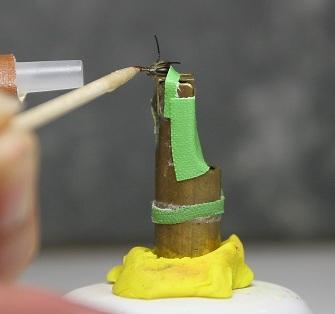Material and Methods

PER method – general overview
Associative learning is a well studied concept and it is fundamental across a wide variety of animal species. In a classical conditioning paradigm a neutral stimulus acts as a predictor for a biologically significant stimulus (Pavlov 1927, in Giurfa and Malun 2004). The learning abilities of bees have been well studied, most commonly in the laboratory with the use of a well established conditioning paradigm: the olfactory conditioning of the proboscis extension reflex (e.g. Bhagavan and Smith 1996; De Jong and Pham-Delègue 1991; Menzel 1996; Pelz et al. 1996; Wright and Smith 2004; Wright et al.2005; Wright et al. 2009a-b). When the antennae, a honeybee’s chemosensory organ, are stimulated with sucrose the bee will reflexively extend its proboscis (tongue) in an attempt to feed (Giurfa and Malun 2004). Proboscis extension reflex (PER) towards a sucrose stimulus at the antennae is a highly reliable reflex (Menzel 1993), especially when the honeybee is hungry (Giurfa and Malun 2004).
In order to conduct these experiments and to be able to observe the proboscis extension, the honeybees need to be immobilized in individual harnesses. In the present study the honeybees learn to associate the odor of an amino acid (conditioned stimulus, CS) with a sucrose solution (unconditioned stimulus, US). After a couple of conditioning trials the bees then learn to extend their proboscis to the mere presentation of the amino acid odor, provided that the amino acid odor is detectable. This effect is associative and a case of classical conditioning (Bitterman et al. 1983).
Responsible for this page:
Director of undergraduate studies Biology
Last updated:
05/18/11
